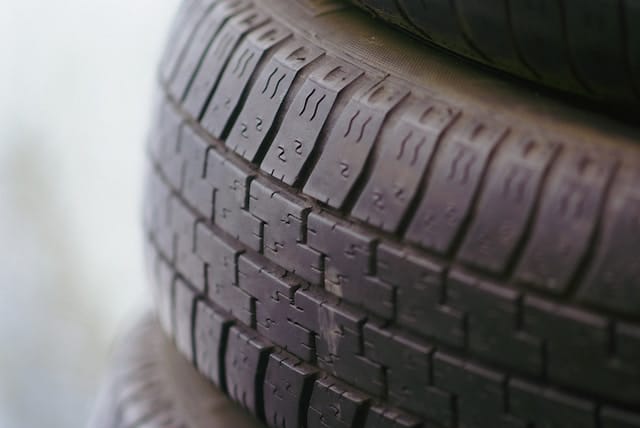Why You Should Rotate Your Tires Regularly
 Tire rotation is an often-overlooked aspect of vehicle maintenance, yet it plays a critical role in extending tire life and improving safety. Regular tire rotation ensures even tire wear, which is essential for optimal driving performance and road safety. This article delves into the importance of tire rotation and how it benefits your vehicle.
Tire rotation is an often-overlooked aspect of vehicle maintenance, yet it plays a critical role in extending tire life and improving safety. Regular tire rotation ensures even tire wear, which is essential for optimal driving performance and road safety. This article delves into the importance of tire rotation and how it benefits your vehicle.
Understanding Tire Rotation
What Is Tire Rotation?
Tire rotation involves changing the position of a vehicle’s tires in a specific pattern. This practice ensures even wear across all tires, as each position on a vehicle wears tires differently.
Reasons for Uneven Tire Wear
Various factors contribute to uneven tire wear. These include driving habits, road conditions, and vehicle design. Front tires, for example, often wear faster than rear ones due to steering and braking forces.
Benefits of Regular Tire Rotation
Extended Tire Life
Rotating tires at recommended intervals prolongs their lifespan. Even wear across all tires means they need replacing less frequently, saving money in the long run.
Improved Vehicle Performance
Evenly worn tires provide better handling and stability. This uniformity is crucial for maintaining optimal performance, especially in adverse driving conditions.
Enhanced Safety
Safety is a paramount concern in vehicle maintenance. Tires with even wear offer more reliable traction and handling, reducing the risk of accidents caused by tire failure.
Better Fuel Efficiency
Uneven tires can lead to increased rolling resistance, which in turn affects fuel efficiency. Regular tire rotation helps maintain optimal gas mileage, thus saving on fuel costs.
When to Rotate Tires
Manufacturer’s Recommendations
Most vehicle manufacturers recommend tire rotation every 5,000 to 8,000 miles. Always refer to your vehicle’s owner manual for specific guidance.
Signs of Uneven Wear
Visible signs of uneven wear, such as bald spots or differences in tread depth, indicate the need for immediate tire rotation.
Tire Rotation Patterns
Front-to-Rear
The most common rotation pattern involves moving the front tires to the rear and vice versa. This pattern is suitable for most vehicles, especially those with uniform tire sizes.
Side-to-Side
For vehicles with directional tires, a side-to-side rotation might be recommended. This pattern involves swapping the front right tire with the front left tire, and the same for the rear.
Self-Rotation vs. Professional Service
DIY Tire Rotation
Rotating tires yourself can be a cost-effective option if you have the necessary tools and knowledge. However, it’s important to follow proper rotation patterns and safety procedures.
Seeking Professional Assistance
For those less experienced with vehicle maintenance, professional tire rotation services are advisable. These experts can ensure proper rotation and also check for other tire issues.
In conclusion, regular tire rotation is a simple yet vital aspect of vehicle maintenance. It not only extends the lifespan of your tires but also enhances vehicle performance, safety, and fuel efficiency. Whether you choose to rotate your tires yourself or seek professional services, keeping up with this practice is essential for maintaining your vehicle in top condition. Regular tire rotation is an investment in your vehicle’s longevity and your safety on the road.
